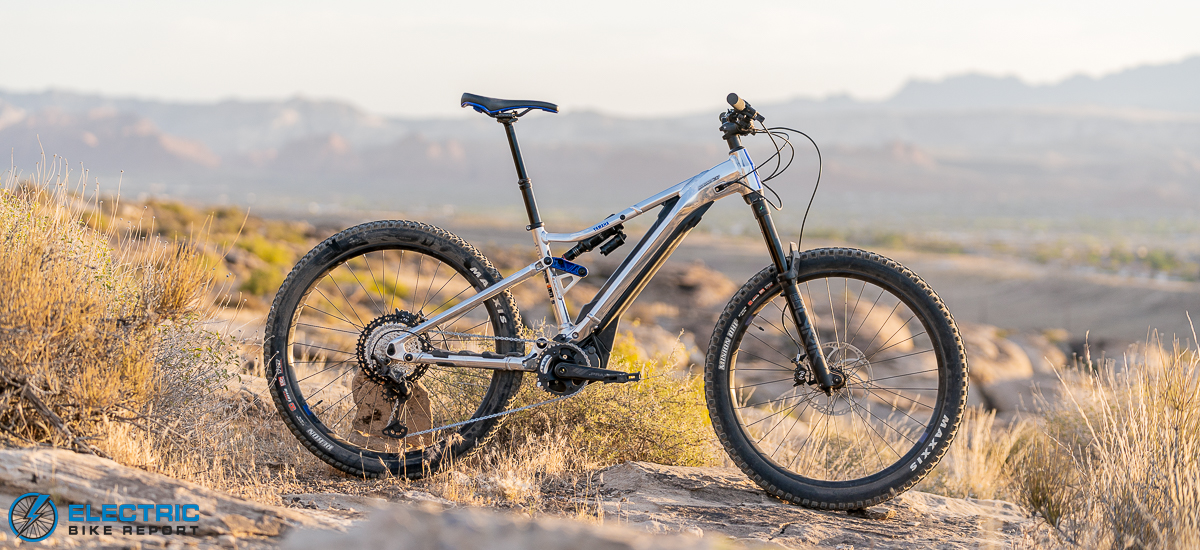
Until fairly recently, there wasn’t much need to discuss how the two types of sensors might influence a buyer’s choice. That’s because cadence sensors were found almost exclusively on e-bikes at the more affordable end of the market and torque sensors were only found on higher-end e-bikes. That’s no longer the case; thanks to a drop in the cost of torque sensors, we now see them on some e-bikes that cost less than $2000, which makes the spec of sensor another factor to consider when choosing an e-bike.
Cadence sensors and torque sensors work in very different ways and their presence on an e-bike will determine just how the motor delivers power. That gives an e-bike one of two different personalities, which the writers at Electric Bike Report will explain in this article.
One type of sensor is not inherently better than another; they are simply different. That said, most riders find that they develop a preference for one type of sensor over the other.
Torque vs. cadence: What’s the difference?
So let’s take a look at how the two different sensors work. Both sensors work by detecting pedal movement, or more accurately, motion at the crankset, but they do so in two different ways. We’ll start with cadence sensors, as they are simpler and easier to understand.
A cadence sensor mounts a ring of sensors (usually 12) at the part of the frame called the bottom bracket. This refers to the set of bearings that thread into the frame. A magnet is mounted to one of the crank arms and as it turns that magnet passes a sensor. Each time this happens a signal is sent to the controller to activate or sustain the motor.
A cadence sensor works on a binary principle: Are the pedals turning, or not? They have to move at a consistent speed to keep the motor activated, but above that, it doesn’t matter how fast they turn. Also, all cadence sensors are different, but most require at least a quarter-turn of the cranks to engage the motor. For as long as the cadence sensor detects pedal movement, it will continue to send a signal to the controller, telling the motor to do its thing.
A torque sensor is quite a different beast. With a torque sensor, strain gauges measure how hard the rider is pedaling. These strain gauges may be mounted in the bottom bracket or they may be mounted on the frame where the rear wheel bolts into place.
When the torque sensor receives a signal, it measures how big the effort is and then sends that message to the controller. The controller then tells the motor how hard to work in proportion to the PAS level the rider has selected.
Because the two sensors deliver different signals to the controller, the controller has to work on a different principle based on the kind of signal it receives. With a cadence sensor, each PAS level is set to a fixed amount of output. PAS 1 might be 20 percent of total nominal power, while PAS 5 might be 100 percent of total nominal power.
With a torque sensor the controller works by an inverse principle. Upon receiving a signal from the torque sensor, the controller measures how big that signal is and then multiplies it by the amount determined by the PAS level the rider has selected. With a torque sensor, PAS 1 might deliver power at a 1:1 ratio; PAS 2 might be a 1:2 ratio (the motor delivering double the power the rider is producing) and PAS 4 (often called “Turbo” on many e-bikes with torque sensors) might deliver power at a 1:4 ratio. This is why the motor’s output is constantly adjusting in response to the rider’s effort.






